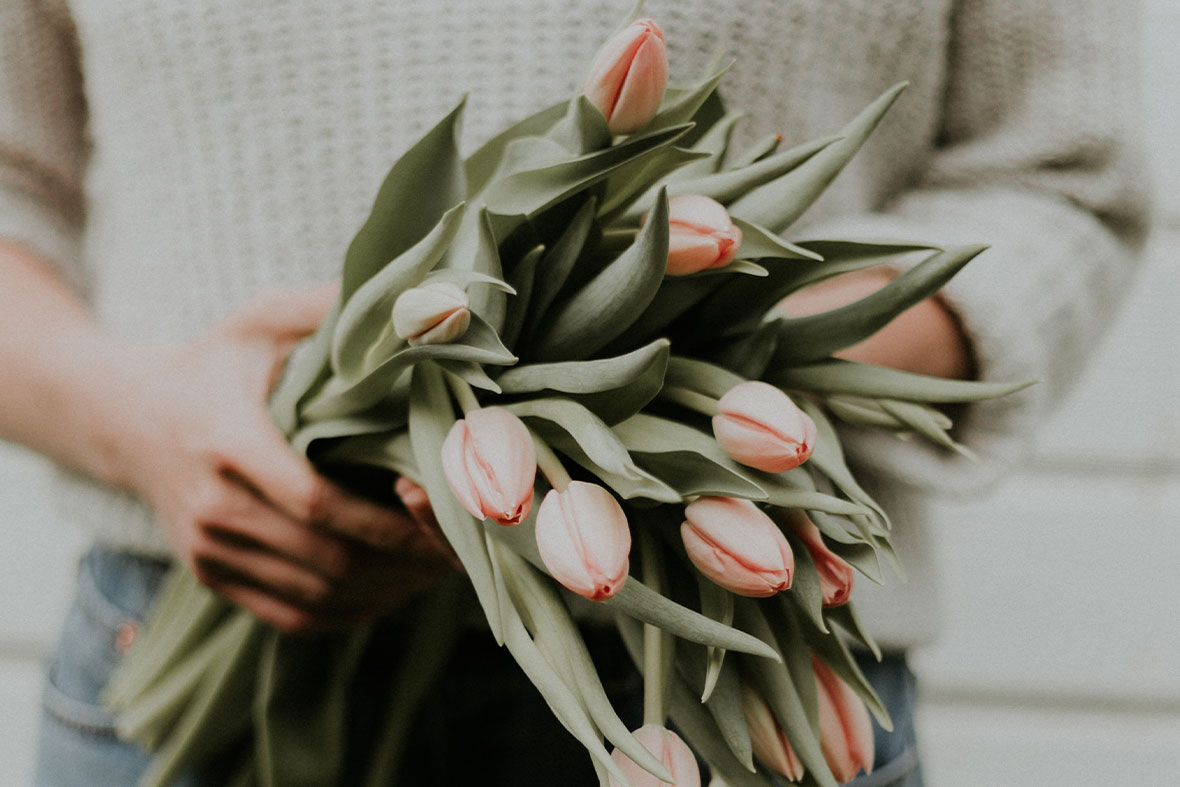Flowering bulbs are a highlight in the garden and home. Spring flowering bulbs begin to flower in late winter and bring with them the colourful promise of the spring ahead.
Although all are referred to as ‘bulbs’, there are four different types of bulbs.
True Bulbs include tulips and daffodils.
Rhizomes are swollen stems such as Iris.
Tubers include plants such as dahlias and potatoes.
Corms include cyclamen and gladioli.
Spring flowering bulbs are planted from February to May. Some begin to flower as the days begin to lengthen in late winter and others create spectacular spring displays and will flower throughout the spring months. Spring flowering bulbs include Anemones, Daffodils, Dutch Iris, Freesias, Grape Hyacinth, Hyacinth, Jonquils, Ranunculi, Scillas, Spring Stars and Tulips.
Before planting tulips and hyacinths, put them in a paper bag and then into the crisper part of the fridge for about six to seven weeks. Mark them clearly so they are not mistakenly used for other purposes. This tricks the bulb by telling it that winter is over and they will flower earlier and more prolifically.

Planting
Select a position with good well- draining soil. Prepare the bed by digging in generous amounts of organic compost. This is particularly important in soggy or very sandy soils. Remove any clogs and weeds. Roots grow from the bottom of the bulb so ensure that your compost is dug in nice and deep. Add a quality, well balanced, organic fertiliser to the garden bed. It is best to select a location that best suits the type of bulb being grown. Ask your Eden at Byron for the best expert advice.
The general rule is to plant the bulb two to three times the depth of the height of the bulb. Bury a little deeper in sandy soils and a little shallower in clay soils. Plant with the growing point facing up and the basal plate (where the roots grow from) facing down. This basal plate is often easier to identify than the growing point. If you cannot work this out, plant on it’s side and the plant will sort it out for you.
Plant bulbs in clusters or in rows, depending on the effect required. In the garden, plant the bulbs two to three widths apart. Bulbs multiply and this will give several years before there is a need to thin them out.
Once bulbs are in position, backfill, firm the soil to prevent air pockets and water in well. Add a little more soil if required.
Planting Bulbs in Pots, Bowls, and Containers
Potted flowering bulbs are a wonderful feature for spring. These can be brought indoors as living flower arrangements for special events and then returned to their outdoor location for longer flowering. Potted bulb gardens can be one type of bulb or mixed for a long-lasting spring display. Many garden retailers will have packs of bulbs that can be grown together or ask for the best advice for creating your own unique mix.
When growing bulbs in containers, always use a premium quality potting mix. This will have the perfect drainage and include all the fertilizer required for stunning results.
Try a Hyacinth Vase
Why not get creative and grow a hyacinth in a bulb vase. These bulb vases are shaped like an hourglass. Just put the bulb in the top but don’t let it touch the water because it might rot. It will send down roots at the right time. Place it into a dark spot indoors and it will shoot. Then move into a well-lit position and it will burst into flower and fill the room with a wonderful fragrance.
Harvest of Colour
Mark the area so you remember where and what has been planted.
All flowering bulbs are very bright and colourful and many of them such as Freesias, Hyacinth and Jonquils will fill the air with wonderful spring fragrances. Unless there is a very dry winter, there is nothing to do but to wait for the showcase of spring colour to come to life.
After Flowering
Bulbs form the following year’s flowers as they are dying back. After flowering is complete let the bulb stems and leaves die back naturally. Once these have died down, the bulbs can be lifted and stored in a dark, cool, airy spot to be replanted next year or just left in the ground for an even more spectacular show for the next spring.